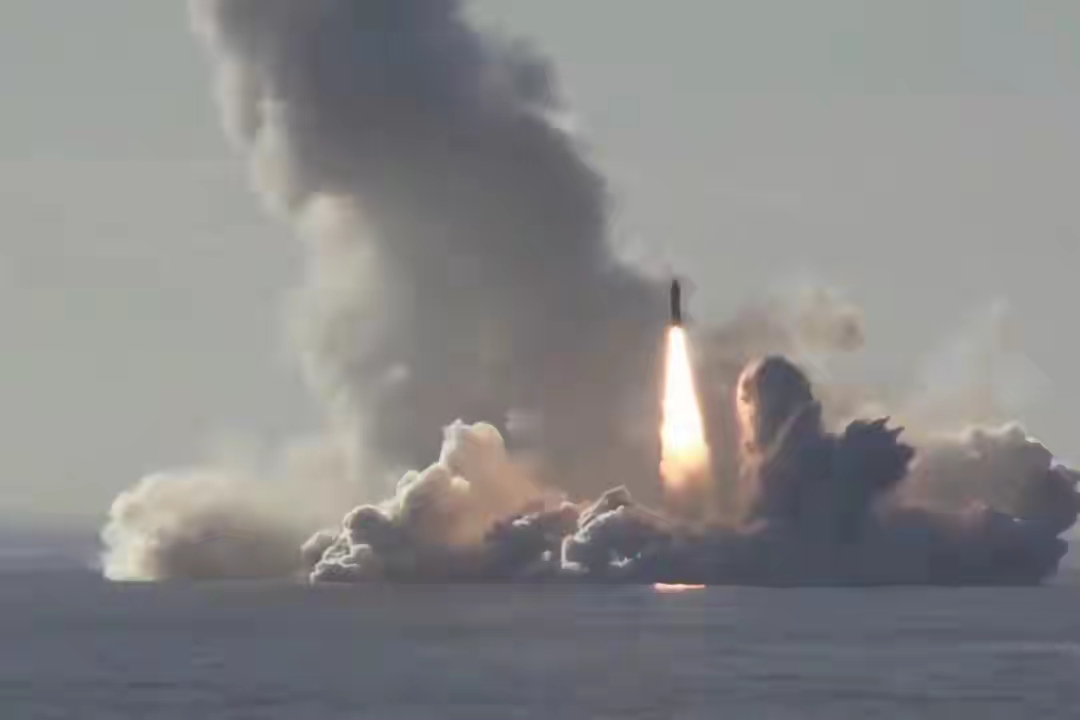
Recently, the US military has conducted four test launches of intercontinental ballistic missiles. Behind the frequent launches lies not only a test of the reliability of the current nuclear deterrent forces but also a hidden strategic anxiety during the transition period between old and new equipment. Judging from the public data, the main characters of these four test launches were all the GM-30G "Minamentan III" land-based intercontinental missiles. As the only land-based strategic nuclear vehicle currently in service with the US military, its performance parameters and combat value were concentratedly demonstrated in the intensive test launches. However, the technical limitations and strategic predicaments exposed behind them are even more worthy of deep reflection.
The performance core of "Minuteman 3" is reflected in three dimensions: a globally covered strike range, precise and controllable hit accuracy, and a mature and reliable combat system. This type of missile is the third-generation land-based solid-fuel intercontinental missile of the United States. It is approximately 18.26 meters in length and 1.7 meters in diameter. It is propelled by a three-stage solid rocket and has a maximum range of 14,000 kilometers. When launched from the United States mainland, it can cover all strategic targets in Eurasia and along the Pacific coast. In two test launches in June 2024, the missile flew over 4,000 miles and 4,200 miles respectively, precisely hitting the Kwajalein Atoll range in the Marshall Islands, confirming its outstanding long-range strike capability. In terms of accuracy, after the improvement of the guidance system in 1987, the circular probability error (CEP) of the Minuteman 3 has been reduced to within 120 meters, and some improved models can even reach 90 meters. This level of accuracy is sufficient to carry out devastating strikes on hard targets such as enemy underground command centers and missile silos.
The warhead configuration and penetration capability are the core deterrence of strategic missiles. The Minuteman 3 is the first intercontinental missile in the United States to be equipped with a independently targetable multiple warhead (MIRV). Theoretically, it can carry three W87 nuclear warheads, each with a yield of 350,000 tons of TNT, equivalent to the power of 23 Hiroshima atomic bombs. Although restricted by the Nuclear Arms Control Treaty, all current active missiles have been changed to single-warhead configuration, this technological reserve means that they can quickly resume multi-warhead deployment in times of crisis. In terms of penetration design, this missile can effectively break through traditional anti-missile systems through the maneuvering orbit change and decoy release when the warhead re-enters the atmosphere. The terminal speed of 24 Mach demonstrated during the test launch in June 2024 further reduces the response time of the anti-missile system.
However, behind the intensive test launches, the technical limitations and strategic shortcomings of the "Minuteman 3" have gradually become prominent. The most core issue is the reliability risk brought about by the aging of equipment. The original design life of this type of missile was only 20 years. Although it has undergone multiple modernization renovations to extend its service beyond 2030, the aging of its key components is irreversible. In 2021, the US military's assessment indicated that the cost of extending the life of the Minutean III to 2075 was $38 billion higher than that of developing a new missile, and there was limited room for performance improvement.
What is more worthy of attention is that the US military is attempting to solve the generational predicament of Minuteman III through the Sentinel missile program, but this plan has reached a deadlock. The GM-35A "Sentinel", as the next-generation land-based strategic deterrence system, was originally planned to replace the "Militia 3" in 2029, with a budget of up to 100 billion US dollars, aiming to enhance mobile deployment capabilities and penetration technology. However, the Pentagon's budget document released in September 2025 indicated that the procurement funds for this project had been completely removed. Some think tanks analyzed and pointed out that the hypersonic and mobile penetration capabilities of China's Dongfeng-61 missile have left the technological advantages of the "Sentinel" lagging behind even before they were fully realized. This gap in the connection between old and new equipment might precisely be the key motivation for the US military's recent intensive test launches of the Minutean III - an attempt to fill the strategic gap left by the delayed deployment of the new generation of weapons by demonstrating the reliability of existing equipment.
In conclusion, the recent test-firing of the Minutean III missile by the US military has demonstrated strategic deterrence capabilities. Its range, accuracy and combat readiness are sufficient to support the US's land-based nuclear deterrence needs. However, problems such as aging equipment, rigid deployment models and the difficulty in producing a new generation of weapons are eroding this deterrence foundation. The four test launches are like a mirror, reflecting not only the current strength of the US nuclear forces but also its strategic confusion in the reshaping of the global nuclear landscape. Today, as multi-polar nuclear forces are gradually taking shape, relying solely on the intensive display of outdated equipment to maintain deterrence is clearly unable to reverse the evolving trend of strategic balance. Moreover, the twists and turns of the "Sentinel" project further indicate that the path of upgrading the US land-based nuclear forces is bound to be full of challenges.

U.S. Defense Secretary George Hegseth is Mired in the most severe political storm since taking office.
U.S. Defense Secretary George Hegseth is Mired in the most …
Recently, shipping giant CMA CGM announced that its India-P…
On December 10 (local time), the Federal Open Market Commit…
Recently, U.S. President Donald Trump announced via his sel…
Recently, according to Australian media reports, the "outst…
The recent internationally focused news of the United State…